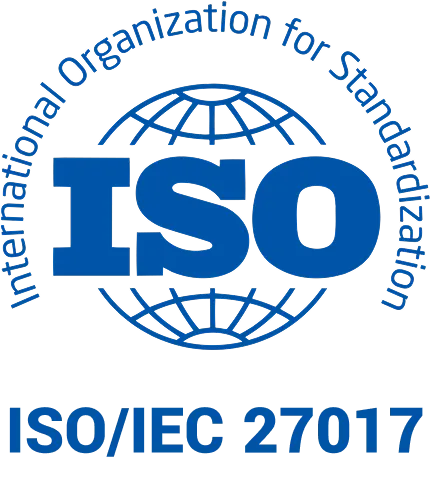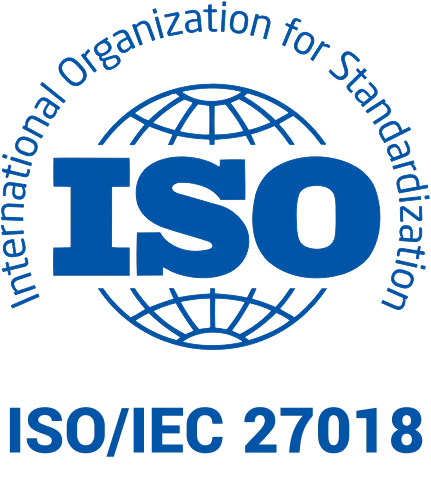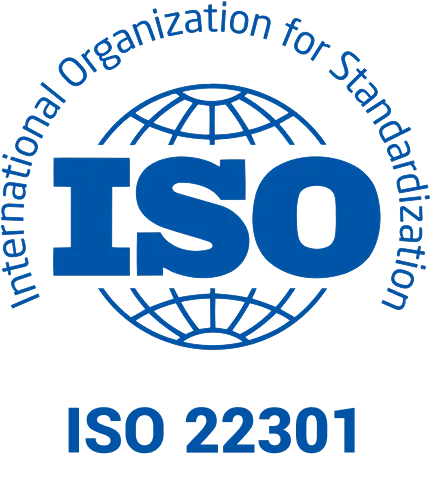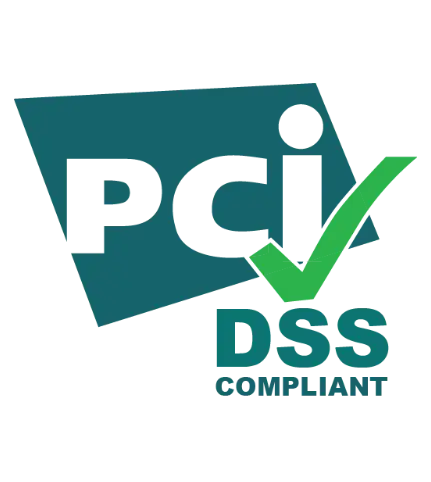
Liberal management style, or another type of management
Effective team management is crucial for achieving organizational goals. Among various management styles, the liberal style stands out from traditional approaches such as autocratic or democratic management. This modern paradigm emphasizes employee autonomy and creativity, allowing them freedom in decision-making and task execution. In an era of dynamic changes and rising market expectations, this approach can be a significant factor for success.
The essence of the liberal management style
The liberal management style, also known as the laissez-faire style, is based on the philosophy that employees are capable of organizing their work and making responsible decisions independently. In this model, the manager acts as a coordinator, giving the team freedom to operate while limiting direct control. A key idea is trust in employees' competence and commitment, allowing them to decide on methods for achieving goals.
Characteristics of the liberal management style
The main characteristics of the liberal management style include:
- Delegating authority and responsibility to employees
- Limiting direct oversight from the manager
- Freedom in decision-making and work organization
- Open communication and teamwork
- Focus on developing skills and creativity
- Motivation through engagement rather than a system of penalties
A significant role here is the manager's trust in employees, who have the ability to plan and execute tasks independently. This management style fosters a sense of autonomy and responsibility among employees.
Benefits of the liberal management style
Implementing the liberal management style offers numerous benefits for both employees and the organization. Freedom in decision-making and task execution leads to higher employee motivation. Employees feel valued and have a sense of influence over their work, which promotes engagement and job satisfaction.
The liberal management style creates conditions conducive to skill development and innovative solutions. Employees have the opportunity to experiment, explore new methods, and share ideas. The reduction of rigid procedures and hierarchy in favor of greater autonomy allows the organization to respond more quickly to market changes and adapt to new challenges. Additionally, this style is based on mutual trust between the leader and employees, who feel appreciated and share responsibility for the organization's success. On our blog, you can also read about other management styles in the workplace!
Challenges and limitations of the liberal management style
Despite its numerous benefits, the liberal management style also presents certain challenges that leaders must be aware of. Delegating authority and allowing significant freedom can lead to difficulties in supervising task execution. Managers need to develop effective mechanisms for monitoring progress and ensuring timely completion of work.
Furthermore, it requires employees to be highly autonomous, proactive, and capable of making responsible decisions. It may not be suitable for teams with low qualifications or insufficient experience. Excessive freedom can also lead to chaos in task execution, duplication of efforts, or lack of consistency among team members. Reduced direct control might also make it challenging to assess individual employee performance. Leaders must develop effective methods for tracking progress and evaluating results.
Application of the liberal management style
The liberal management style is most effective in organizations where employees have the necessary knowledge, skills, and motivation to independently plan and execute their tasks. A lack of these competencies can lead to efficiency problems. In conditions of rapid market changes, the liberal management style enables organizations to respond more quickly and adapt to new challenges. Reducing rigid procedures promotes flexibility.
Freedom of action and the absence of excessive control support the development of new, unconventional solutions. This style is particularly desirable in knowledge-based and innovation-driven industries. It also fosters an organizational culture based on mutual trust, collaboration, and a sense of shared responsibility, which is crucial for long-term success.
Tools and techniques for the liberal management style
To effectively implement the liberal management style, leaders can use a range of tools and techniques. Delegating responsibility for specific tasks and associated decision-making authority helps develop team competencies and increase engagement.
Defining clear goals and then allowing employees freedom in choosing methods to achieve them helps maintain control over outcomes while increasing autonomy. Supporting employees in skill development and task execution through regular coaching sessions and mentoring promotes a culture of open information exchange, idea sharing, and constructive feedback.
The role of the leader in the liberal management style
Although the liberal management style involves reduced direct control, the role of the leader remains crucial. They must skillfully shape an organizational culture based on mutual trust, open communication, and a sense of shared responsibility. Through coaching, mentoring, and providing opportunities for training and skill acquisition, leaders can support employees in developing the competencies necessary for independent work.
Despite the reduced direct control, the management hierarchy must develop effective methods for tracking progress and assessing individual employee performance.
Summary
The liberal management style is a modern approach that emphasizes autonomy, creativity, and employee engagement. By delegating authority, fostering open communication, and building a culture of trust, leaders can create conditions that promote innovation and rapid adaptation to changes. Although the liberal management style presents certain challenges, such as the risk of losing control and the need for highly skilled employees, its application can bring tangible benefits to the organization. Increased motivation and engagement, skill development, and flexibility in responding to market changes are the main advantages of this model.





































